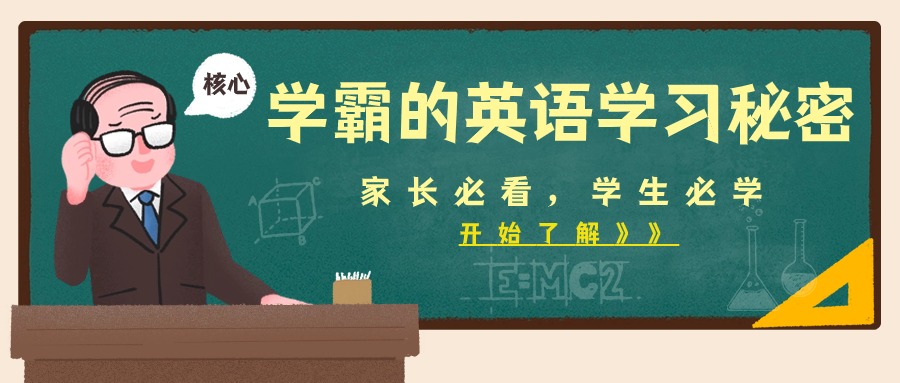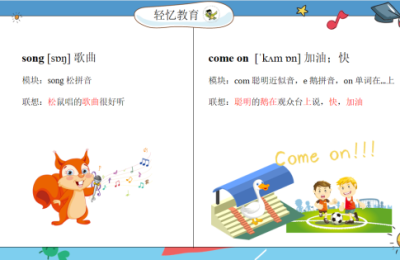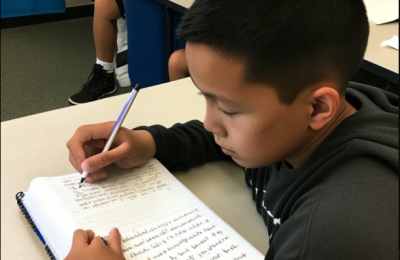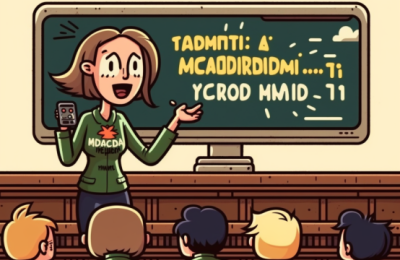Have you ever struggled with translating Chinese to English? Do you find it frustrating to accurately convey the meaning of a sentence or phrase in English? Fear not, for mastering the art of translation is within your reach! In this article, we will explore the key components of successful Chinese-English translation and provide you with tips and tricks to become a translation pro.
Understanding the Context
One of the most important aspects of successful translation is understanding the context of the text you are translating. This means not only understanding the literal meaning of each word, but also the cultural and social context in which it is used. For example, the Chinese phrase “早上好” literally translates to “good morning” in English, but in Chinese culture, it is often used as a simple greeting throughout the day. To accurately translate this phrase, you must understand its cultural significance and use it appropriately in the English context.
Translating Idioms and Expressions
Chinese is a language full of idioms and expressions that may not have a direct translation in English. As a translator, it is important to understand the meaning and usage of these phrases in order to accurately convey the intended message. For example, the Chinese idiom “画龙点睛” literally translates to “adding the pupils to the dragon’s eyes”, but is actually used to describe the finishing touches that bring something to life. To successfully translate this phrase, one must understand its figurative meaning and use a corresponding English idiom such as “putting the icing on the cake” to convey the same message.
Applying Grammar and Syntax
Another key component of successful translation is applying proper grammar and syntax to your English translation. Chinese and English have different sentence structures and grammatical rules, which can make it challenging to accurately convey the meaning of a sentence in English. As a translator, it is important to understand the rules of English grammar and syntax in order to produce a polished and accurate translation. This may involve reordering sentences or adding or removing words to make the English translation flow naturally.
Using Translation Tools
In today’s digital age, there are a variety of translation tools available to assist you in your Chinese-English translation endeavors. These tools can offer a quick and easy way to translate individual words or phrases, but it is important to exercise caution and double-check the accuracy of the translation. As a translator, it is your responsibility to ensure the accuracy and quality of your translations, even when using translation tools.
In conclusion, mastering the art of translation requires a deep understanding of both the Chinese and English languages, as well as the cultural and social context in which they are used. By understanding the context, translating idioms and expressions, applying proper grammar and syntax, and using translation tools wisely, you can become a translation pro and accurately convey the intended message in English. So, what are you waiting for? Start practicing your translation skills today and take your language abilities to the next level!


Now it’s your turn to take action! Start practicing your Chinese to English translation skills using the tips and tricks provided in this article. Remember to keep the context in mind, translate idioms and expressions accurately, apply proper grammar and syntax, and use translation tools wisely. With practice and dedication, you can become a translation pro and take your language abilities to new heights!





